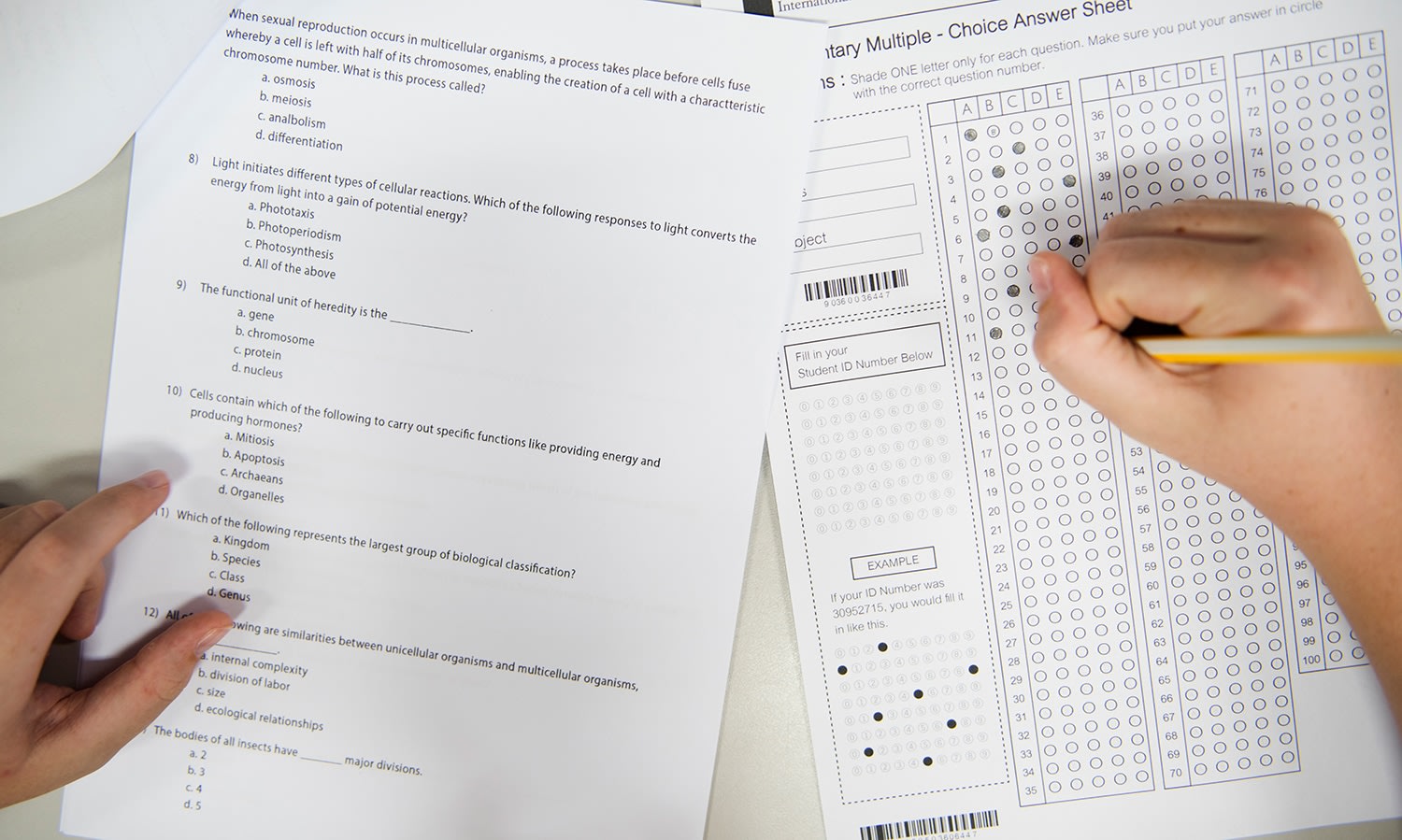The National Assessment Program – Literacy and Numeracy (NAPLAN) is a crucial tool in Australia’s educational landscape, aimed at assessing students’ literacy and numeracy skills. Since its inception in 2008, naplan tests has been a pivotal aspect of the Australian education system, providing valuable insights into student performance and helping to improve teaching strategies nationwide.
What is NAPLAN?
NAPLAN is a series of standardized tests administered annually to students in Years 3, 5, 7, and 9 across Australia. These tests cover four key domains:
- Reading: Assesses a student’s ability to comprehend and interpret various texts.
- Writing: Evaluates a student’s skills in writing cohesive and structured texts.
- Language Conventions: Tests a student’s understanding of grammar, punctuation, and vocabulary.
- Numeracy: Measures a student’s mathematical skills and ability to apply them in real-world scenarios.
Purpose and Benefits of NAPLAN
The primary purpose of NAPLAN is to provide a snapshot of student performance across Australia, offering valuable data to educators, schools, and parents. Some of the key benefits include:
- Assessment: NAPLAN helps assess whether students are meeting essential literacy and numeracy standards.
- Accountability: It holds schools and education systems accountable for the quality of education provided.
- Improvement: By identifying strengths and weaknesses, NAPLAN enables educators to tailor teaching strategies to better meet student needs.
- Comparison: Allows for comparisons between schools, states, and over time, to identify trends and areas for improvement.
Criticism and Controversies
While NAPLAN provides valuable insights, it has also faced criticism and controversies:
- Pressure: Some argue that NAPLAN places unnecessary pressure on students, teachers, and schools, leading to stress and anxiety.
- Narrow Focus: Critics argue that the tests may narrow the curriculum focus, as schools may prioritize teaching to the test over a broader educational experience.
- Data Use: There are concerns about the misuse of NAPLAN data, such as league tables that may oversimplify school performance.
Preparing for NAPLAN
Preparing for NAPLAN involves more than just teaching to the test. Effective preparation includes:
- Curriculum Integration: Incorporating literacy and numeracy skills into everyday teaching and learning.
- Practice Tests: Providing students with practice tests to familiarize them with the test format and types of questions.
- Support and Encouragement: Ensuring students feel supported and encouraged, emphasizing that NAPLAN is one form of assessment among many.
Looking Ahead
As education continues to evolve, so too will NAPLAN. There have been ongoing discussions about its future, potential reforms, and improvements to better serve the needs of students and educators alike. Whether it remains a cornerstone of Australian education or undergoes significant changes, NAPLAN will continue to play a critical role in shaping the educational landscape across the country.
